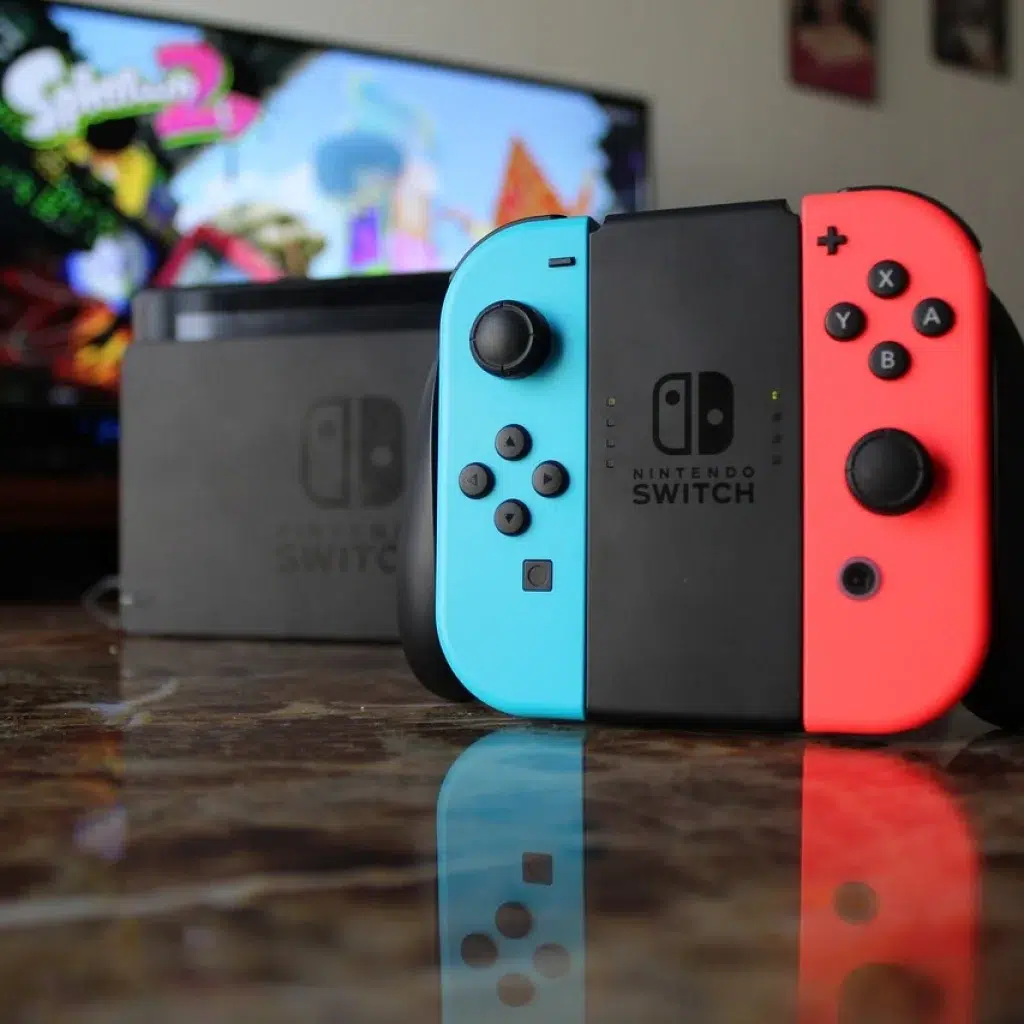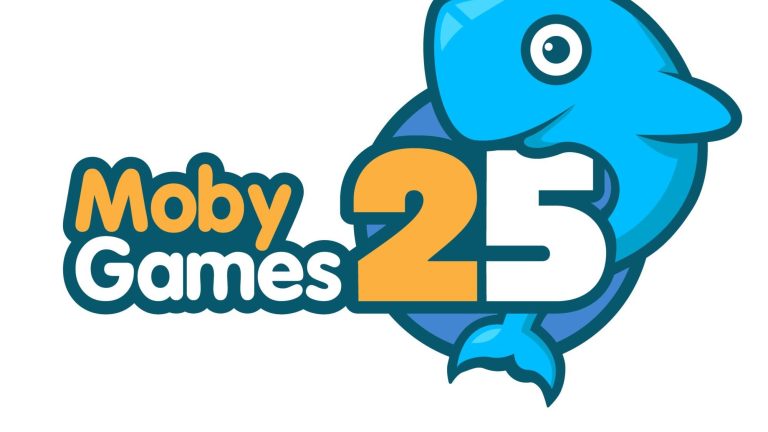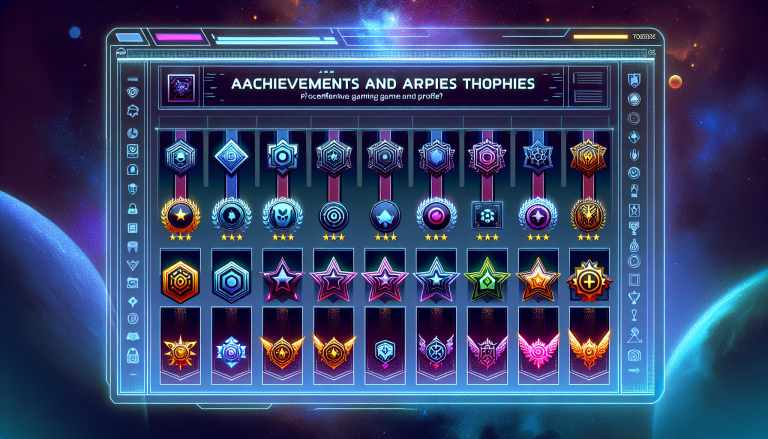Evolution of Classic Games and Emergence of Esports
Do you remember the good old days when we used to gather around the TV set, Nintendo console in hand, playing games like Super Mario Brothers, Zelda, and Metroid? Those were the days of classic gaming, weren’t they? However, the wheel of time doesn’t stop, it keeps rolling, and with it, the world of video games evolved, giving birth to what we now refer to as esports.
Esports, short for electronic sports, represents the competitive side of video gaming. It’s where gamers from across the globe pit their skills against each other on virtual platforms. However, this gaming revolution didn’t happen overnight. It was a gradual process influenced heavily by the evolution of classic games.
A Trip Down Memory Lane: Arcade Games
Remember the classic game of Pac-Man gobbling up dots and avoiding ghosts, or the thrill of shooting down alien invasions in Space Invaders? These arcade games, popular in the ’70s and ’80s, introduced us to the joy of video gaming. Back then, the idea of competition was limited to high scores on local machines. The gaming community was smaller, with players often gathering in local arcades or around home consoles.
The Home Console Revolution
The emergence of home consoles like the Nintendo Entertainment System (NES), Sega Genesis, and Atari 2600 in the ’80s and ’90s opened up a new era in gaming. We moved from the short, repetitive games of the arcade era to more complex and longer games. Super Mario Brothers, Sonic the Hedgehog, and Street Fighter are some classic examples. With this, the concept of multiplayer gaming also gained popularity, setting the stage for the future of esports.
The Rise of Online Gaming and Esports
As the millennium turned, the world witnessed the rise of the internet, reshaping the gaming landscape forever. Online gaming allowed players from all over the world to compete against each other, creating a global gaming community. The evolution of classic games into online multiplayer games led to the emergence of esports.
Games like Counter-Strike, World of Warcraft, and League of Legends took the world by storm. These games not only offered deep strategic gameplay but also had a strong competitive aspect that gave birth to professional gaming. Today, esports is a billion-dollar industry with millions of players and spectators worldwide.
As we look back, it’s fascinating to see how classic games have played a crucial role in the evolution of esports. Though gaming has come a long way from the simple graphics and gameplay of classic games, the joy, excitement, and competitive spirit remain the same.
Seminal Classic Games that Paved the Way for Esports
The world of gaming has come a long, long way from its humble beginnings. Today, let’s take a nostalgic trip down memory lane and delve into the seminal classic games that helped shape the exciting world of esports that we know and love today.Pac-Man: The Game that Started it all
Let’s go right back to the start, to a time when video games were just making their way into popular culture. The year was 1980, and a little game known as Pac-Man was released. This simple game about a yellow guy munching pellets and avoiding ghosts was one of the first to gain mass popularity, igniting the public’s interest in video games.- It showed that games can be social events, with people gathering around arcades to play, watch and compete.
- It brought forward the concept of high scores, paving the way for competitive gaming.
Super Mario Bros: Platforming to Success
Few games are as iconic as Super Mario Bros. Released in 1985, it introduced a new level of complexity and depth to gaming. It popularised the platformer genre and demonstrated that gaming could be a thrilling, challenging experience.- The game was all about timing, precision and strategy, principles that are intrinsic to today’s competitive esports scene.
- Super Mario Bros also encouraged friendly competition, as players strived to complete levels faster than their friends, foreshadowing the competitive spirit of esports.
Street Fighter II: The Dawn of Fighting Games
Street Fighter II was a game-changer, quite literally. When it hit arcades in 1991, it reinvented competitive gaming. This was the first game to feature complex combat mechanics, allowing players to engage in one-on-one fights, using a combination of attacks and strategies to defeat their opponent.- It was a huge step towards the creation of esports, as it brought about the idea of direct player-versus-player competition.
- Street Fighter II tournaments became increasingly popular, foreshadowing the esports competitions we see today.
StarCraft: The Birth of Modern Esports
StarCraft, released in 1998, is often credited as the game that birthed modern esports. This strategy game took the world by storm, particularly in South Korea, where it spawned a professional gaming scene complete with broadcasters, sponsors and major tournaments.- It was the first game to be played at an international level, with players from different countries battling it out in high-stakes competitions.
- StarCraft’s complex gameplay and intense strategy requirements set the standard for future esports titles.
Transformation of Gaming Culture: From Classic to Competitive
Have you ever wondered how we transitioned from the fun-filled days of classic games like Super Mario and Donkey Kong to the competitive, adrenaline-pumping world of esports? Well, grab a cup of coffee, sit back and let’s take a trip down memory lane.
A Paradigm Shift
Back in the day, gaming was a solitary or shared experience with a few friends. It was about getting the highest score or finishing the game in the shortest time possible. The concept of competitive gaming was limited to local arcades where the top scorers etched their initials on the leaderboard.
But all that changed with the introduction of multiplayer games and the internet. Suddenly, players were not just competing with their friends but with other players from all around the world. This increased competitiveness led to the rise of esports.
The Age of Multiplayer Games
The rise of multiplayer games in the late 90s and early 2000s, such as Counter-Strike, Starcraft, and Dota, transformed the gaming landscape. These games introduced the concept of team-based competition, where players had to collaborate and strategize to win.
- Starcraft, for instance, became one of the first games to be played professionally in tournaments, laying the foundation for modern esports.
- Dota, on the other hand, introduced the concept of a ‘metagame’, where players had to constantly adapt to the changing tactics used by their opponents.
Internet and Streaming Services
In tandem with the emergence of multiplayer games was the rise of the internet and streaming services. Platforms such as Twitch and YouTube allowed players to watch professional gamers and learn from them, further fueling the rise of esports.
Moreover, the internet also facilitated the creation of online communities and forums where players could discuss strategies and share game-related content. This fostered a sense of camaraderie and competition among gamers, which is a staple in today’s esports culture.
The Birth of Esports
The combination of competitive multiplayer games and the internet led to the birth of esports. Initially, small online tournaments gradually evolved into large-scale international events with millions of dollars at stake.
Today, esports is a multi-billion dollar industry with its own leagues, teams, and superstars. The transformation from the classic arcade games to the competitive world of esports has indeed been a remarkable journey.
In conclusion, the transformation of gaming culture from classic to competitive was brought about by the rise of multiplayer games and the widespread adoption of the internet. The combination of these factors gave birth to esports, an industry that continues to grow and evolve at an astonishing pace.
The Impact of Classic Games on Modern Esports Strategy and Gameplay
When we take a trip down memory lane to explore our beloved classic games, it’s not hard to spot that these games have heavily shaped the strategies and gameplay of modern eSports. Let’s dive in to understand how this impact manifests itself in today’s competitive gaming scene.
The Dawn of Strategic Gameplay
Classic games, such as Chess and Go, have been instrumental in establishing the concept of strategic gameplay. These games were all about outmaneuvering your opponent through tactics and foresight. It’s a notion we see heavily incorporated into eSports today, whether it’s the strategic resource allocation in StarCraft, or the careful positioning and timing in League of Legends.
Player Roles and Team Dynamics
The concept of assigning player roles originated from classic team sports, but it was the classic console and arcade games that tailored this dynamic to the gaming world. Who can forget the distinct roles in the iconic game Pacman? Each ghost had a unique behavior that made the game more challenging. Fast forward to today, and we see games like Overwatch and DOTA 2 leveraging the same concept, with distinct roles and responsibilities for each player leading to complex team strategies.
- Support: The player who assists or ‘supports’ their teammates, similar to the ghost Pinky in Pacman who would corner the player.
- Tank: The player who can absorb a lot of damage, analogous to the ghost Blinky who would persistently chase the player.
- DPS (Damage per second): The player who deals a lot of damage, reminiscent of the aggressive ghost Clyde.
Puzzle Solving and Adaptability
Classic games like Tetris and Super Mario Bros required quick thinking and adaptability. These games demanded players to think on their feet and quickly adapt to new scenarios. This skill has become a cornerstone in modern eSports. In games like Fortnite and PUBG, players need to constantly adapt to the ever-changing environment and the unpredictable actions of their opponents.
So the next time you find yourself engrossed in an eSports match, take a moment to appreciate how far we’ve come from the humble beginnings of classic games, and how they continue to shape the strategies and gameplay we love today!











